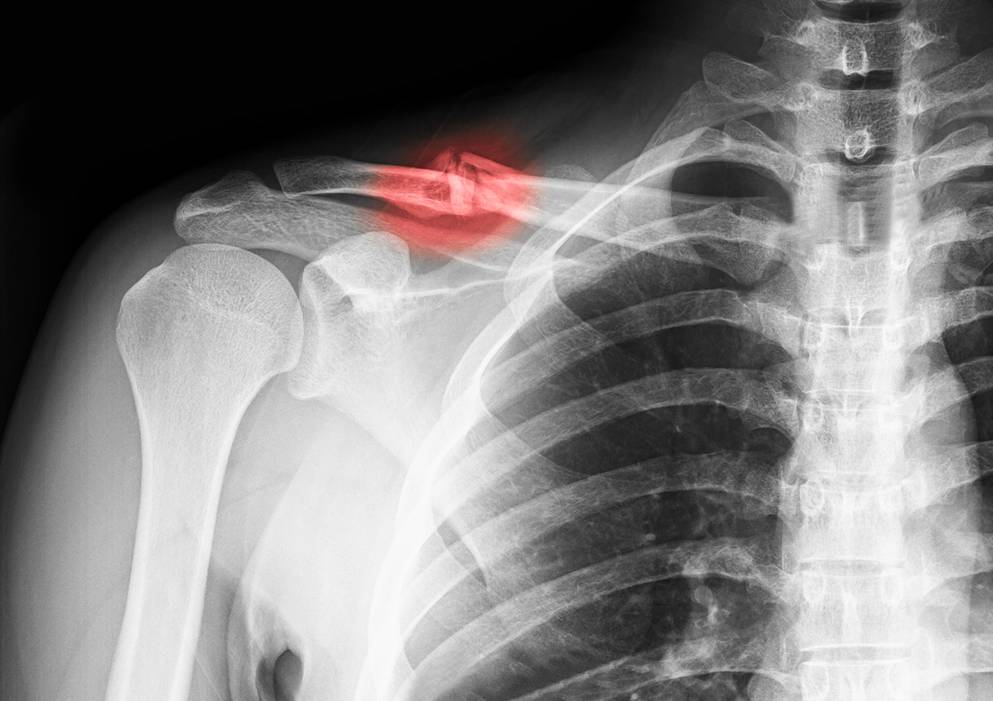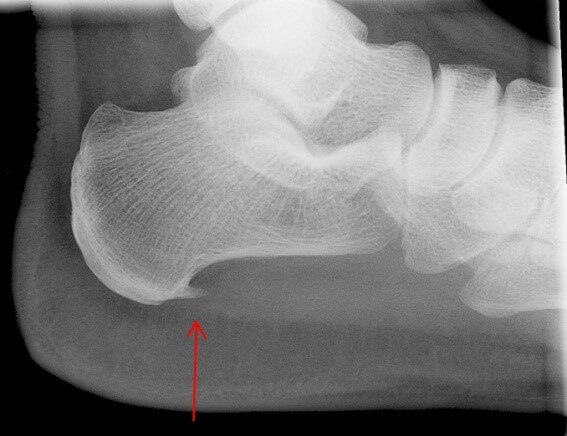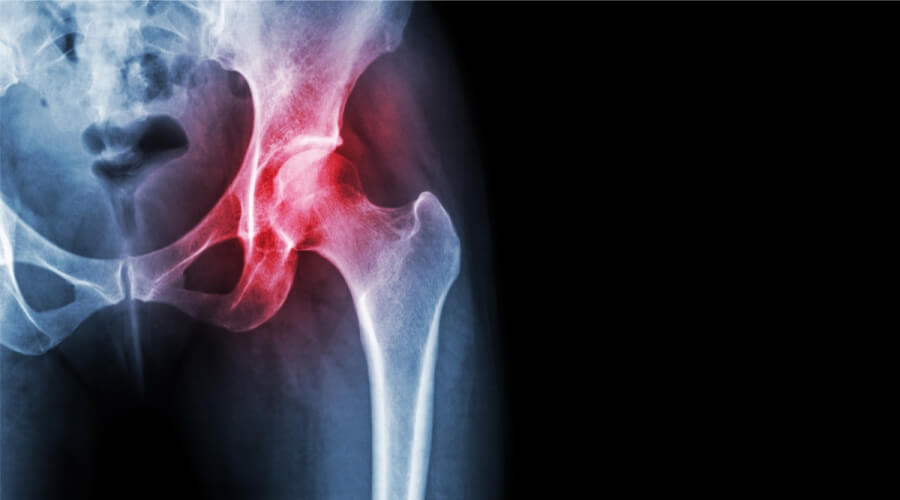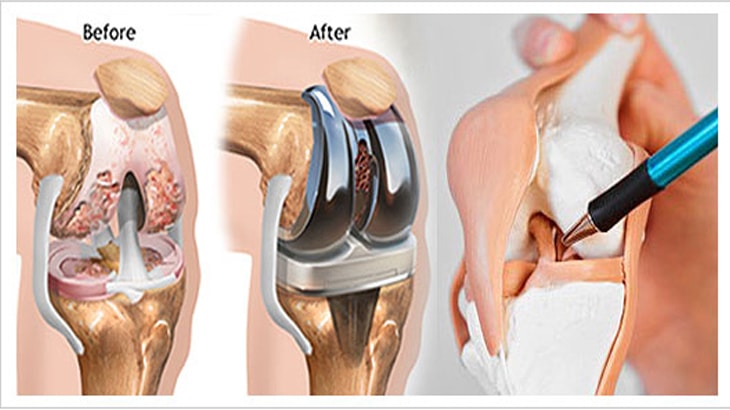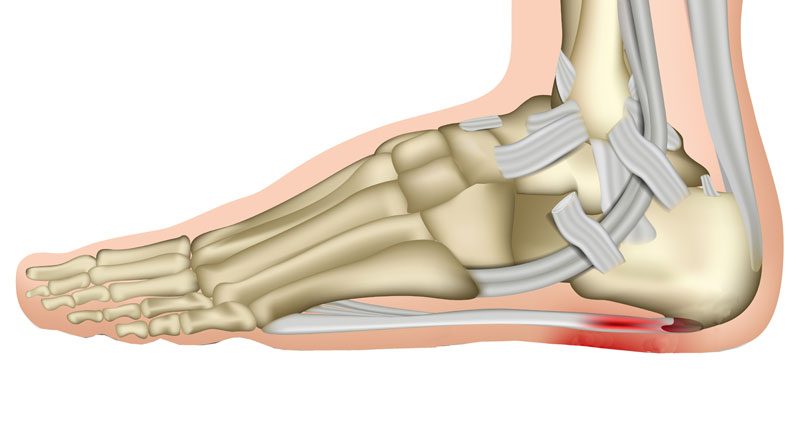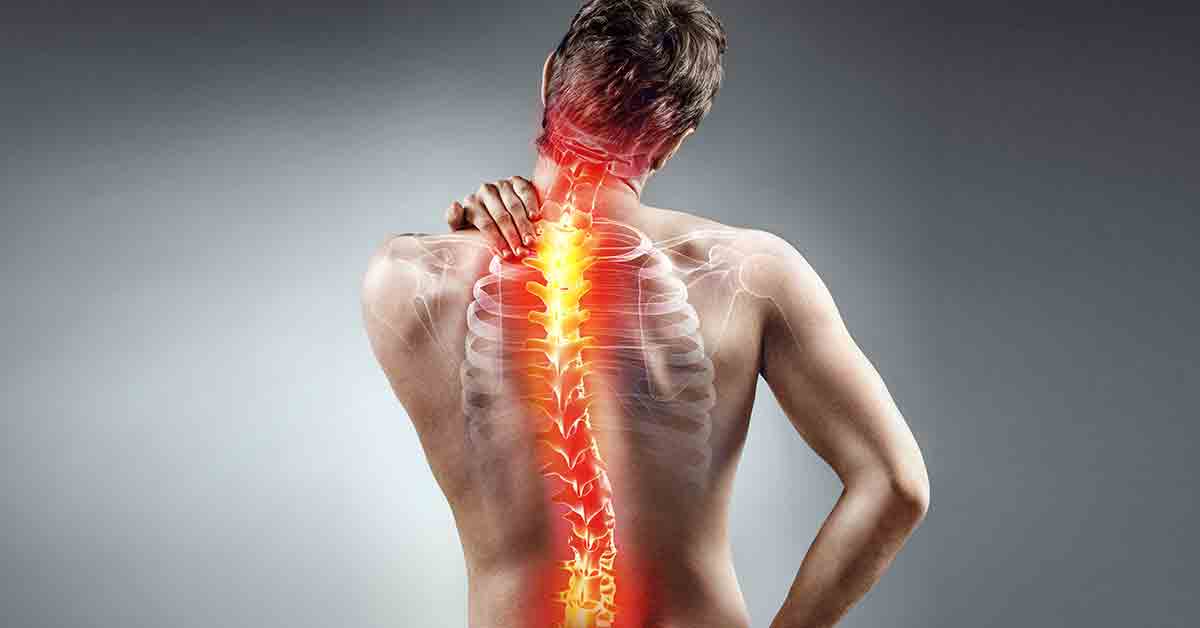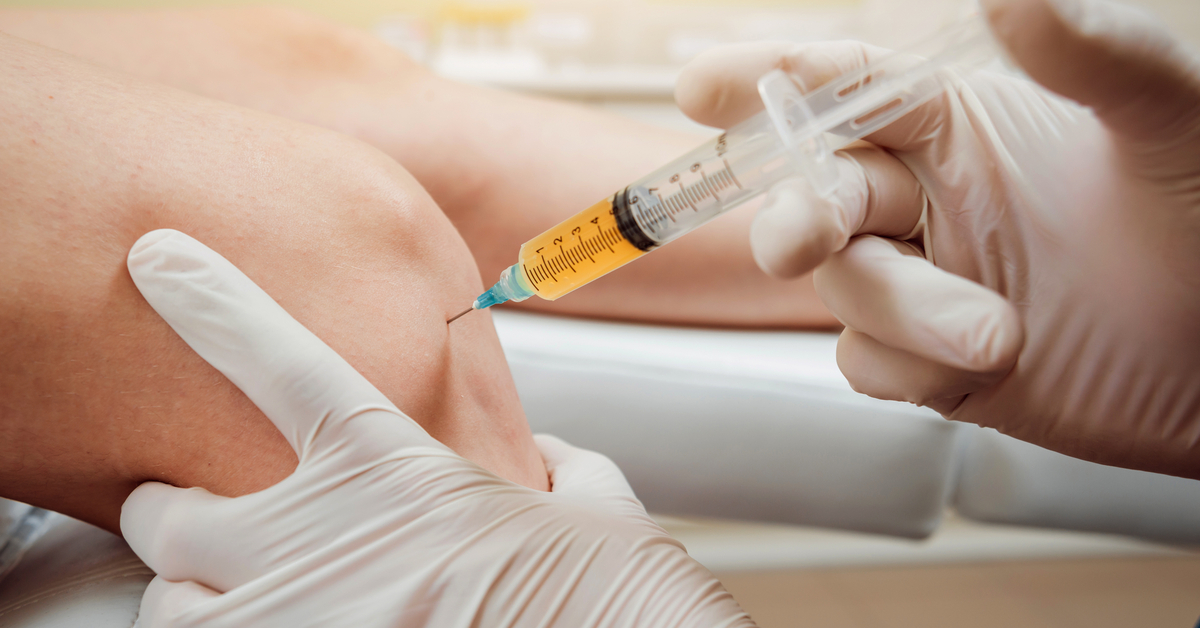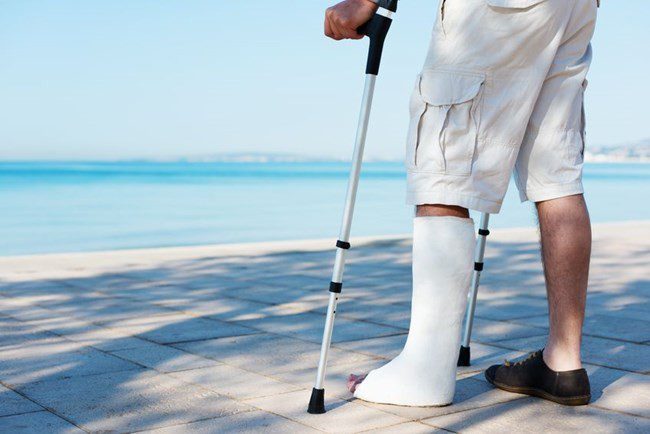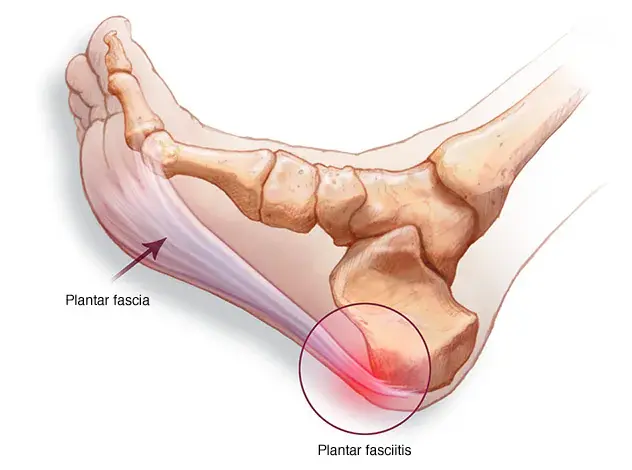Discover the Cost of the Fourth and Fifth Lumbar Disc Herniation Surgery in Egypt and Learn More About Its Benefits and Risks!
The Cost of Fourth and Fifth Lumbar Disc Herniation Surgery in Egypt: Lumbar disc herniation in the fourth and fifth lumbar vertebrae is one of the most common injuries among many people. Patients seek the best doctor to help them overcome their problem, and one of the most important questions they have is the financial cost of the surgery. In this article, we will answer all the questions you may have about this matter.
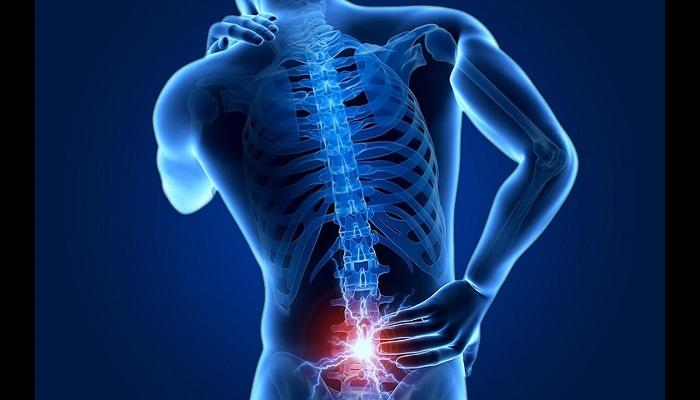
The Cost of Fourth and Fifth Lumbar Disc Herniation Surgery in Egypt
The cost of fourth and fifth lumbar disc herniation surgery in Egypt ranges from 50,000 to 100,000 Egyptian pounds. This figure can vary and is influenced by several factors, including:
- The experience, competence, and skill of the performing surgeon.
- The patient’s condition and the techniques and materials used in the surgical procedure.
- The level of the hospital where the patient undergoes the operation and its commitment to providing medical care.
- It may also vary depending on the technique used in the surgery.
Can You Live with Lumbar Disc Herniation?
Certainly, it is possible for individuals to live with lumbar disc herniation without experiencing symptoms or pain. Some may have sudden pain that lasts for a short period and then subsides. Patients can manage lumbar disc herniation by taking the following precautions:
- Avoid rapid and sudden movements.
- Stay away from lifting heavy objects and avoid sitting or driving for extended periods.
- Follow a diet that helps reduce weight to alleviate pressure on the spine and maintain its health.
- Adhere to the doctor’s instructions and medication regimen to maintain stability by taking pain relievers and anti-inflammatory drugs.
Symptoms of Lumbar Disc Herniation
The symptoms experienced by a patient with lumbar disc herniation vary depending on the affected vertebrae, the degree of pressure on the nerves in the affected area of the spine, and may include:
- Gradual increase in pain that may extend to the arms and legs over time.
- Pressure from the slipped disc on nerve roots can lead to tingling and numbness in the feet and hands.
- General muscle weakness and slow reflexes due to nerve signal disruption.
- Pain in the back, especially when sneezing or coughing due to pressure on the abdominal area.
- Sudden and severe pain during specific movements that compress nerves when the body is moved in a certain way.
- Difficulty sitting or standing for long periods as this can exert pressure on the nerves in the surrounding area.
When Is Lumbar Disc Herniation Surgery Needed?
A doctor may recommend lumbar disc herniation surgery in the following cases:
- When medications fail to provide relief from symptoms, and the patient does not respond to them.
- If the patient experiences significant difficulty standing or walking.
- When the individual suffering from lumbar disc herniation has severe leg pain that surpasses back pain, known as sciatica.
- If the patient experiences pain, tingling, or weakness in the legs or feet.
- When the patient loses sensation in the genital area and loses control of urination and bowel movements, a condition known as cauda equina syndrome.
Preparations Before Lumbar Disc Herniation Surgery
Before undergoing lumbar disc herniation surgery, the orthopedic doctor will request several diagnostic tests to determine the nature of the injury and establish a suitable treatment plan. These tests may include:
- Reviewing the patient’s medical history.
- Conducting a clinical examination to assess the patient’s neurological responses, muscle strength, and walking ability.
- Electromyography (EMG) to measure the speed of electrical impulses along nerves and muscles.
- Spinal cord X-ray imaging to identify areas of nerve compression, usually done by injecting a contrast dye into the spinal canal.
- Straight-leg raising test, typically performed on individuals under the age of 35.
- X-ray imaging of the joints and vertebrae of the spine.
- Magnetic resonance imaging (MRI) of the spinal cord, nerve roots, and surrounding areas.
- Computed tomography (CT) scanning to reveal the shape and size of the nerve channel and surrounding structures.
The Disc Herniation Process in the Fourth and Fifth Vertebrae
The disc herniation process in the fourth and fifth vertebrae is performed through one of the following methods:
- Disc Excision: The doctor may treat disc herniation by removing the disc between the fourth and fifth vertebrae through surgery. This can be done through open surgery, which involves making a large surgical incision in the back or neck. Alternatively, minimally invasive surgery can be performed, where the doctor makes a small incision and uses a thin tube with a camera to locate and remove the disc. This method is highly effective in relieving sciatic leg pain.
- Vertebrae Fusion: After removing the disc or cutting the spinal plate, the doctor may fuse the vertebrae on both sides of the herniated disc to increase stability and prevent the bones from moving, thus reducing pain.
- Artificial Disc: In this type of procedure, the doctor replaces the damaged disc with an artificial disc made of plastic or metal. This helps stabilize the spinal column and facilitates the patient’s movement.
- Spinal Plate Removal: In this procedure, the doctor removes a small portion of the vertebra known as the spinal plate, which covers and protects the spinal cord. Removing this part can alleviate pressure on the nerves, and it can be done either by completely removing the plate or a small portion of it.
After the Disc Herniation Procedure
The patient typically stays in the hospital until the doctors ensure they are in good condition, usually for one day. The duration may vary depending on the doctor’s instructions and the patient’s overall health. If you want a permanent solution to your back problem and wish to regain your active, normal life, we recommend undergoing the disc herniation procedure with Dr. Amr Amal.

What Is the Recovery Period After a Back Disc Herniation Procedure?
Most patients who undergo a back disc herniation procedure can leave the hospital within 24 hours, but the recovery and rehabilitation period can extend to about 4 weeks in general. This period largely depends on the patient’s overall condition and the type of surgical procedure they undergo. Studies suggest that younger individuals tend to have a shorter recovery period compared to older individuals after undergoing a back disc herniation procedure.
During this recovery period, the patient should refrain from engaging in activities that worsen the condition and avoid lifting heavy weights or bending the spine during daily activities. Additionally, they should avoid prolonged sitting or standing.
Physical therapy plays a significant role in rehabilitating the spine and restoring normal movement within a short period. The patient should adhere to the therapy sessions scheduled by the doctor to maximize the benefits of the procedure, support its success, and prevent potential complications.
The Duration of the Disc Herniation Procedure in the Fourth and Fifth Vertebrae
The duration of the disc herniation procedure in the fourth and fifth vertebrae varies depending on the type of surgical procedure performed by the doctor, tailored to the patient’s condition. On average, it takes from one to two hours if the vertebrae are being stabilized. This is a unique experience at Dr. Amr Amal’s clinics, where the disc herniation procedure in the fourth and fifth vertebrae is performed to alleviate pain and achieve excellent results.
Postoperative Pain After Back Disc Herniation
One of the common postoperative experiences for back disc herniation patients is gradual pain relief, which may last for about a month and gradually decrease in intensity over time. Numbness and tingling sensations also subside. However, if the pain persists at the same intensity, the patient should undergo a magnetic resonance imaging (MRI) scan and consult a neurologist. Physical therapy sessions are also recommended during this period.
Is the Disc Herniation Procedure Necessary?
Yes, the disc herniation procedure is considered crucial for individuals who do not respond to other treatment methods. The procedure significantly helps in relieving pain more effectively and quickly than other treatment options. We offer modern and advanced surgical techniques at Dr. Amr Amal’s clinic to reduce pain, improve mobility, and successfully perform disc herniation procedures.
What Are the Risks of the Disc Herniation Procedure?
The disc herniation procedure is generally safe, especially when performed by a specialized orthopedic surgeon. However, it may still carry some rare complications, including:
- Potential medical error leading to cerebrospinal fluid leakage.
- Injury to spinal cord nerves during surgery.
- Infections.
- Bleeding, especially in patients with blood clotting issues.
- Procedure failure, although this occurs in a very small percentage, not exceeding 5%.
- Allergic reactions to anesthesia or breathing difficulties.
- Scarring at the surgical site, which may cause nerve compression later.
It’s essential to discuss these potential risks and benefits with your doctor before undergoing the procedure to make an informed decision.
Tips After a Disc Herniation Procedure
Here are some tips that a patient should follow after a disc herniation procedure to speed up the healing and recovery process:
- Avoid strenuous activities and intense sports for up to 12 months.
- Steer clear of lifting or carrying heavy objects.
- It is essential for the patient to care for the surgical incision, keeping it clean, dry, and away from water.
- Walking is recommended after the procedure, but for short periods as advised by the doctor. Avoid both excessive inactivity and excessive movement.
- Adhere to physical therapy sessions, which help strengthen the back and leg muscles, rehabilitate the affected area, and restore its flexibility.
- Take the medications prescribed by the doctor at the specified times and doses, and regularly visit the doctor to promote a swift recovery.

Best Doctor for Back Disc Herniation in Egypt
If you are looking for the best doctor to perform a back disc herniation procedure, we recommend one of the top orthopedic surgeons in Egypt, Dr. Amr Amal. He is a consultant in orthopedic and joint surgery at Ain Shams University and also serves as a faculty member at the same university. Dr. Amr earned his master’s and doctorate degrees from Ain Shams University and worked as a fellow in orthopedic surgery at Aachen University Hospital in Germany. Dr. Amr is known for his extensive expertise in the field of orthopedics in general and back disc herniation procedures in particular. He strives to achieve the desired results, prioritizing the use of the latest techniques and advanced methods in performing back disc herniation procedures.
Success Rate of Back Disc Herniation Procedure in Egypt
The back disc herniation procedure is generally successful, with a success rate of up to 90%. However, its success depends on the surgeon who performs the procedure, their skill and competence, years of experience, and the devices and equipment they use. If you want to learn more details about the disc herniation procedure, its success rate, and the possibility of a complete recovery, we recommend reading the following article: “When Does the Fourth and Fifth Vertebra Disc Herniation Lead to Paralysis?” If the disc in the fourth and fifth vertebrae compresses the nerves, it can lead to breathing problems. Additionally, disc herniation in the fifth vertebra can potentially result in paralysis of the lower half of the body, as all the fibers in the spinal cord carry sensory and motor information for the lower body. We are here to help you regain the life you deserve by undergoing a disc herniation procedure with Dr. Amr Amal.
How Does a Patient Sleep After a Disc Herniation Procedure?
There are several different sleeping positions that a patient who has undergone a disc herniation procedure can follow to improve their comfort while sleeping. These positions include:
- Sleeping on the back with knee support by placing a pillow underneath them, which provides the patient with greater comfort during sleep.
- Sleeping on the stomach may be beneficial in some cases, but a pillow should be placed between the thighs to improve sleep quality.
- The fetal position, where the patient sleeps on one side with the knees bent and hands tucked into the chest, creates space between the vertebrae.
Can the Disc Herniation in the Fourth and Fifth Vertebrae Return After the Procedure?
“We offer a comprehensive and effective solution to disc herniation, providing stability, comfort, and pain relief through the disc herniation procedure with Dr. Amr Amal.”
It is possible for the disc herniation in the fourth and fifth vertebrae to recur after the procedure, with a recurrence rate ranging from 1% to 5%. This recurrence occurs when the underlying causes of herniation, such as lifting heavy objects or engaging in strenuous physical activity, are present. In such cases, a second surgical intervention may be required without complications, followed by a rehabilitation program that includes exercises to strengthen the back and abdominal muscles and walking.
What Are Suitable Exercises for Patients After a Disc Herniation Procedure?
There are some types of exercises recommended by doctors for patients who have undergone a disc herniation procedure to alleviate their pain and improve their condition. These exercises include:
- Swimming: Swimming helps relax tense muscles, reduce disc herniation pain, and apply minimal pressure on the spine. It is essential to perform these exercises slowly and under the supervision of a physical therapist and a doctor to prevent worsening the condition.
- Cycling: Some specialists recommend that disc herniation patients engage in cycling because it places less stress on the spine compared to other activities and sports. Cycling can help relax tense back muscles. However, it is crucial to choose the right type of bicycle and adjust the seat properly to suit the body. Patients should also avoid riding on rough surfaces to prevent increased pain.
- Yoga and Stretching: Yoga is considered one of the best exercises for disc herniation patients as it helps reduce pressure on the sciatic nerve resulting from herniation. Patients can practice yoga poses like bringing the knees close to the chest to lengthen the tight muscles in the lower back. The cobra pose can also help strengthen the heart muscle and extend the lower back.
- Walking: Walking is a low-impact exercise recommended by many doctors due to its simplicity and low risk of injury. Patients should walk on flat surfaces to minimize pain.
It’s essential for patients to consult with their doctors before starting any exercise program to ensure it is suitable for their specific condition and needs.
How to Choose the Best Doctor for a Spinal Disc Herniation Procedure
There are some criteria that a patient should consider when choosing the best doctor to perform a spinal disc herniation procedure. These criteria include the following points:
- The quality of the medical tools and equipment that the doctor relies on for the procedure.
- The skill and competency of the doctor, along with the number of years of experience in performing spinal disc herniation procedures.
- The medical services provided by the doctor.
- The success and recovery rate achieved in previous procedures.
- Reviewing the opinions of previous patients who have undergone the same procedure with the doctor.
- Evaluating the doctor’s reputation among previous clients through surveys, social media platforms, or direct inquiries.
- The doctor’s medical certifications and achievements.
It’s essential for patients to carefully consider these factors and conduct thorough research to ensure they choose the best doctor for their spinal disc herniation procedure.



